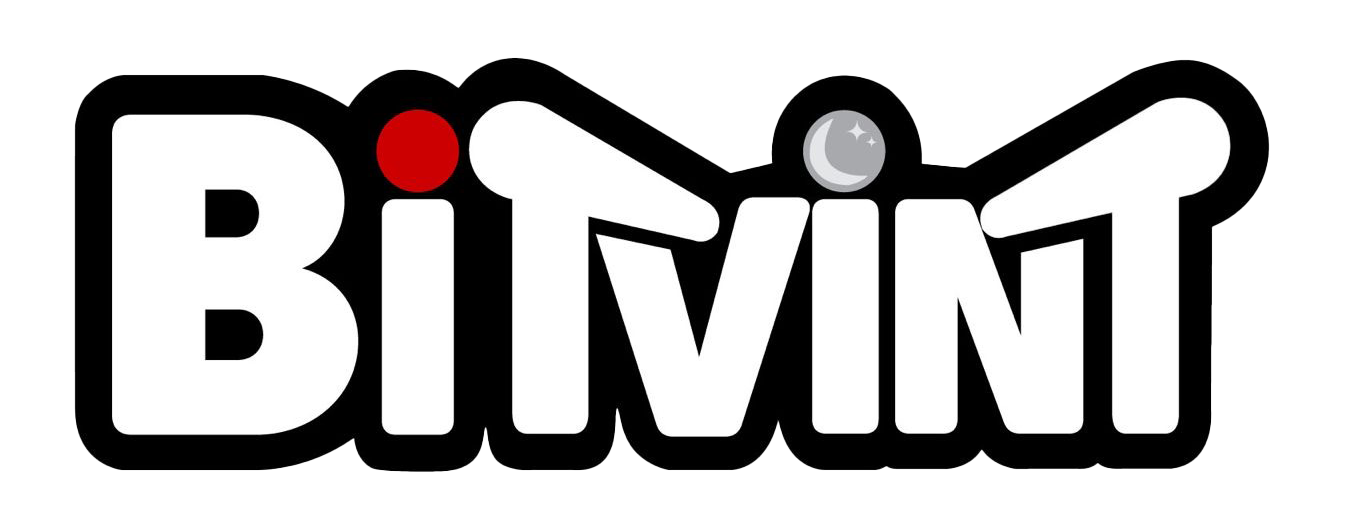Introduction
Released in 1995 by Midway, Mortal Kombat 3 is the third main installment in the iconic fighting game series that redefined arcade violence and competitive gameplay. Built on the franchise’s trademark digitized graphics and gruesome finishers, MK3 introduced faster gameplay, a deeper combo system, and a modernized aesthetic. It was a major leap forward in both mechanics and speed, setting the stage for future iterations like Ultimate Mortal Kombat 3.
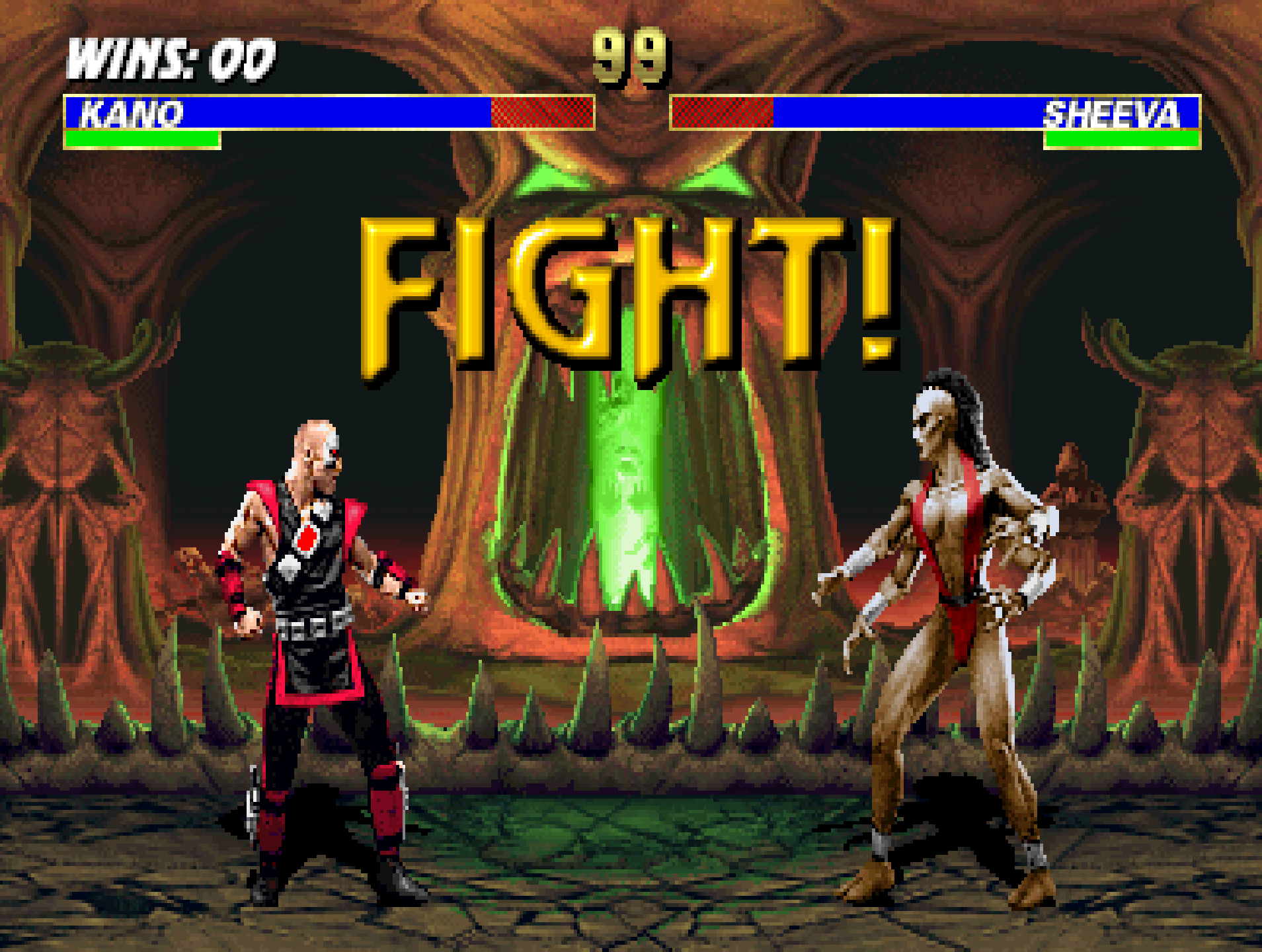
Development and History
- Developer: Midway Games
- Publisher: Midway Games
- Release Date: April 1995
MK3 was developed during the peak of the arcade fighting boom. With Street Fighter II dominating the genre and Killer Instinct pushing visuals, Midway doubled down on speed, aggression, and spectacle. The game introduced a run button, multi-hit combos, and a greater emphasis on pressure-based offense. While some fan-favorite characters were missing, MK3 brought fresh faces and leaned into a cyberpunk-industrial visual tone.
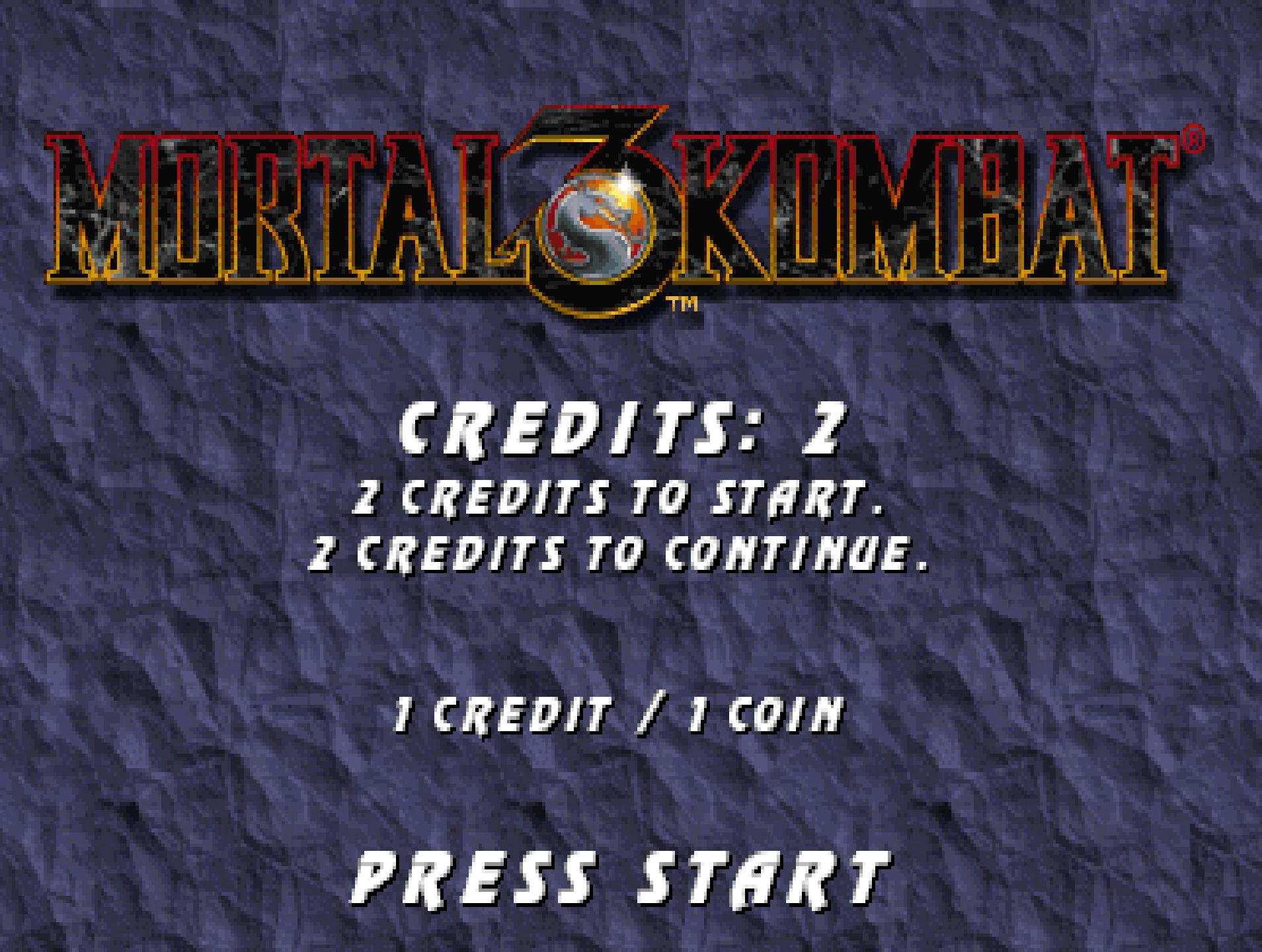
Gameplay Video
Gameplay and Mechanics
Core Gameplay
Mortal Kombat 3 maintained the series’ one-on-one format while overhauling its speed and complexity.
- Run Button: A new mechanic to close distance quickly and extend combos.
- Dial-A-Combos: Pre-set combo strings encouraged offensive play.
- Chain Combos: Allowed players to link moves together with precision timing.
- Interactive Stages: Players could uppercut opponents into new arenas mid-match.
- Fatalities and Finishers: In addition to standard fatalities, MK3 included Animalities, Friendships, and Babalities.
Character Roster
- Sub-Zero (unmasked): The original Lin Kuei warrior defying his clan to stop their cybernetic plans.
- Liu Kang: Champion of Earthrealm and Shaolin monk with deadly flying kicks.
- Sonya Blade: Special Forces agent on a mission to defeat the Black Dragon clan.
- Stryker: Urban riot cop turned Earthrealm defender against Outworld invaders.
- Cyrax: A Lin Kuei assassin transformed into a cybernetic hunter.
- Sektor: A ruthless cyborg loyal to the Lin Kuei’s automation agenda.
- Sindel: Queen of Edenia with banshee powers and a tragic past.
- Sheeva: A Shokan warrior with immense strength and loyalty to Shao Kahn.
- Nightwolf: Native American shaman using spiritual energy to protect Earthrealm.
- Shang Tsung: Evil sorcerer capable of morphing into other fighters.
- Jax: Sonya’s partner with cybernetic arms and military-grade strength.
- Kano: Black Dragon arms dealer with a cybernetic eye and ruthless tactics.
- Smoke (hidden): A secretive cyber-ninja shrouded in mist and mystery.
- Motaro (sub-boss): Centaurian enforcer and general of Shao Kahn’s forces.
- Shao Kahn (final boss): Emperor of Outworld wielding immense power and brutality.
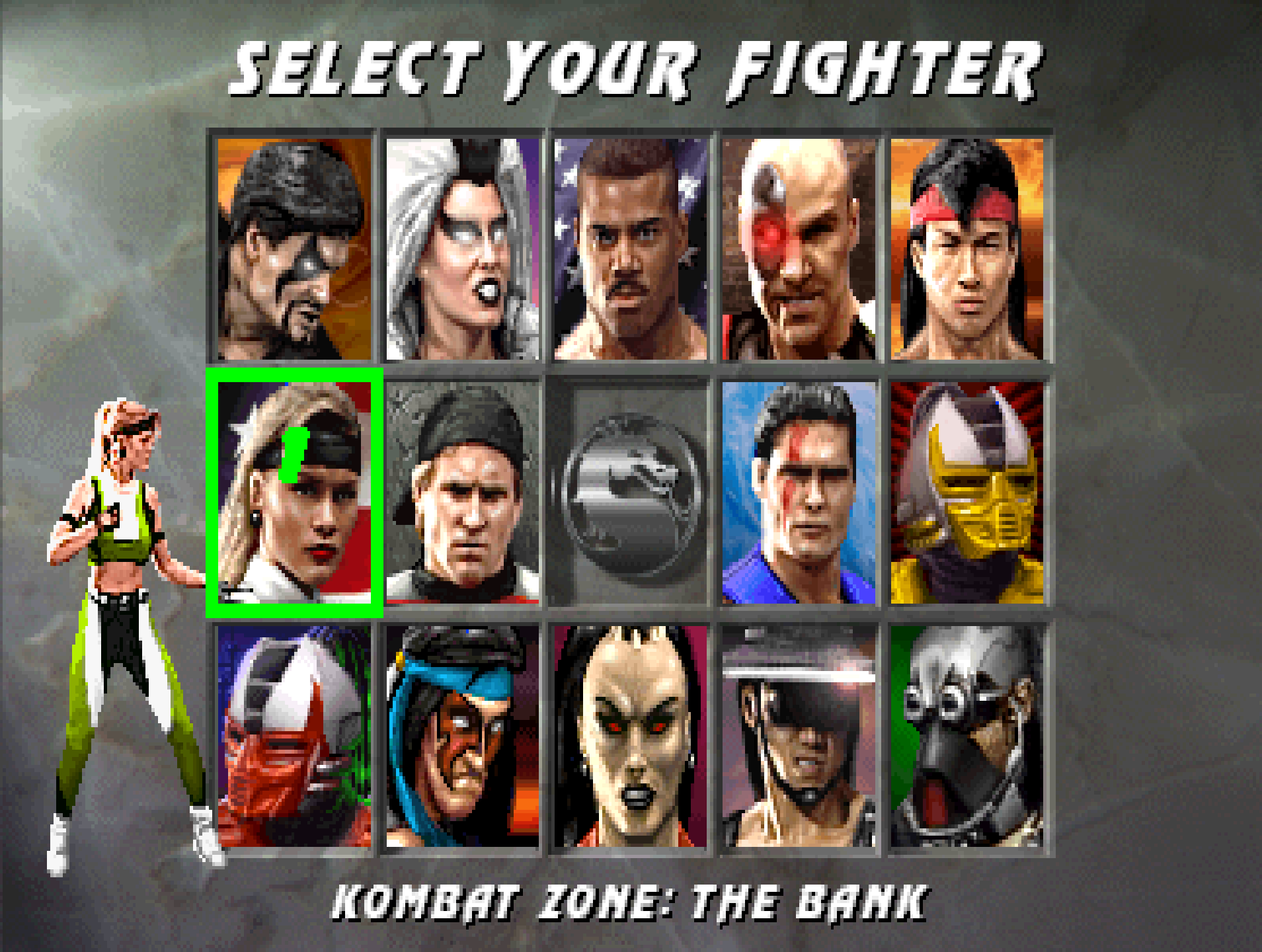
Challenges
- Learning Combos: Dial-a-combos required memorization and quick execution.
- High-Speed Matches: Faster pacing punished defensive playstyles.
- AI Difficulty: Arcade CPU opponents used optimized combo patterns and punishing counters.
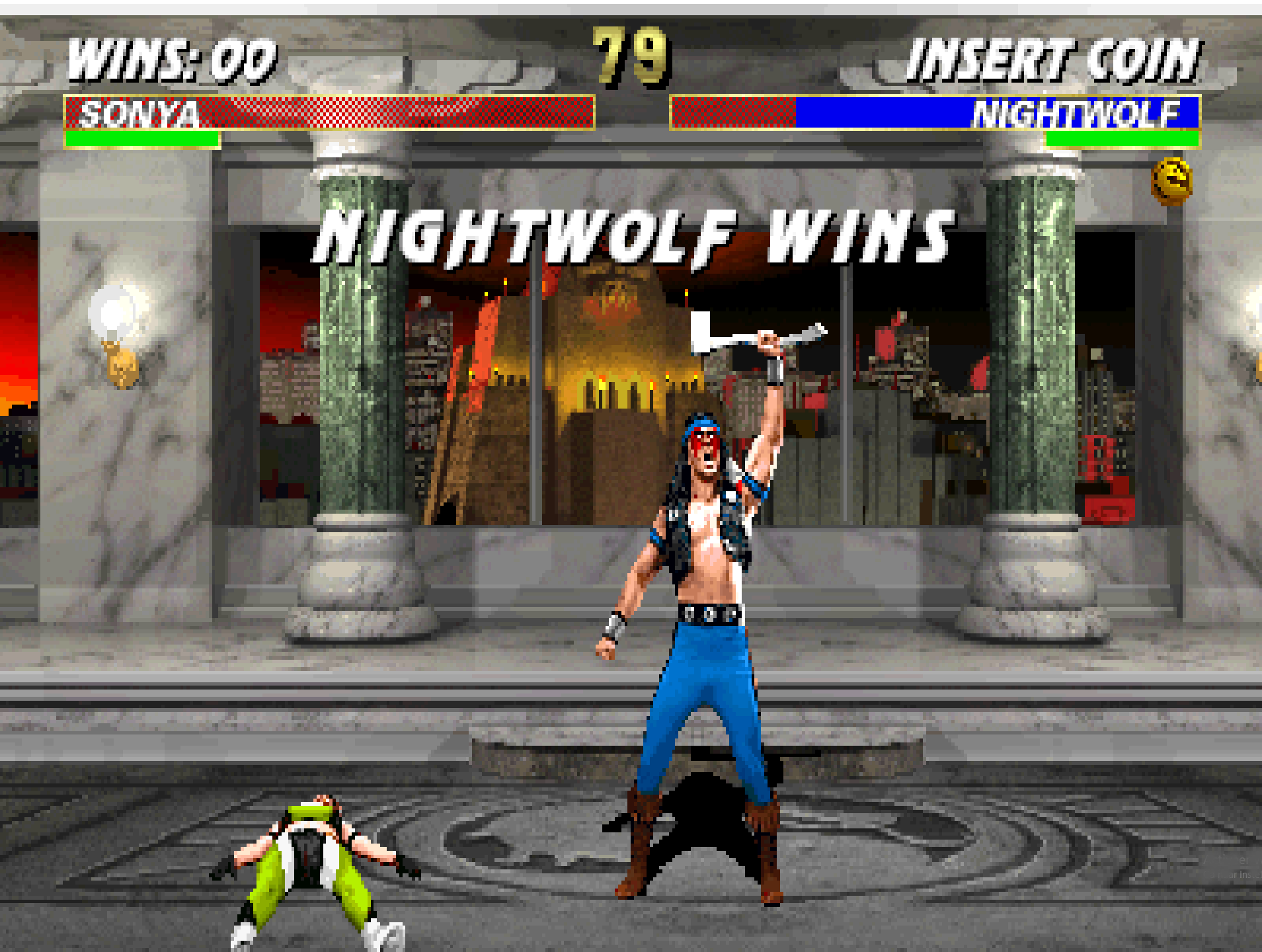
Cultural Impact and Legacy
- Mainstream Appeal: Continued the series’ dominance in pop culture and controversy.
- Technical Advancement: MK3’s speed and combo depth were groundbreaking for 1995.
- Missing Favorites: The omission of characters like Scorpion and Kitana caused fan backlash, later addressed in Ultimate MK3.
- Home Ports: Released for SNES, Genesis, PlayStation, and Game Boy, with varying degrees of quality.
- Expansion: Ultimate Mortal Kombat 3 followed just months later with roster and balance improvements.
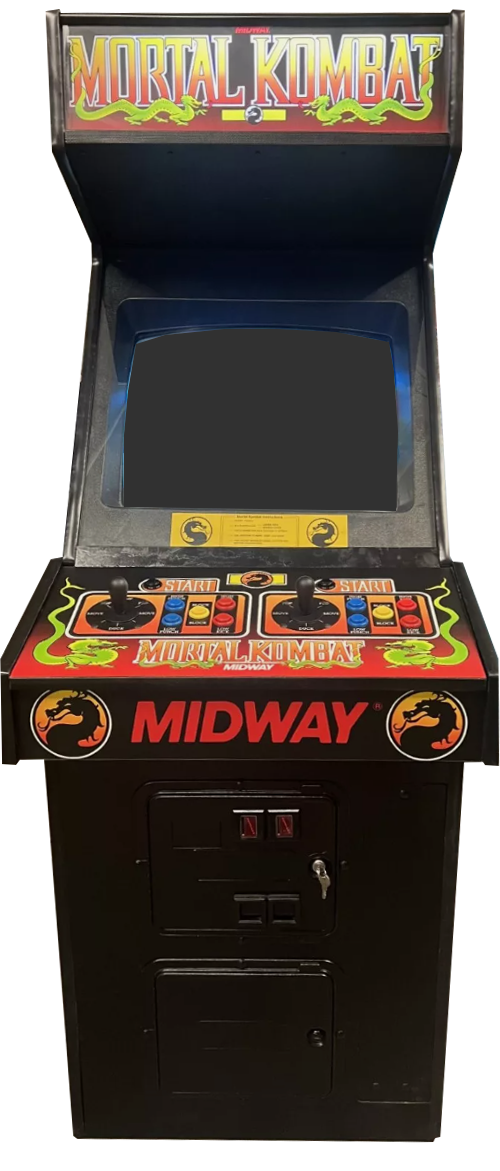
Fun Facts
- New Kombatants: Cyrax, Sektor, and Smoke introduced the cyber-ninja subplot.
- Digitized Actors: Like its predecessors, MK3 used live-action actors for digitized sprites.
- Stage Transitions: MK3 was the first in the series to include multi-layered arenas.
- Code System: Input codes on the VS screen triggered hidden modes like “No Blocking” or “Dark Kombat.”
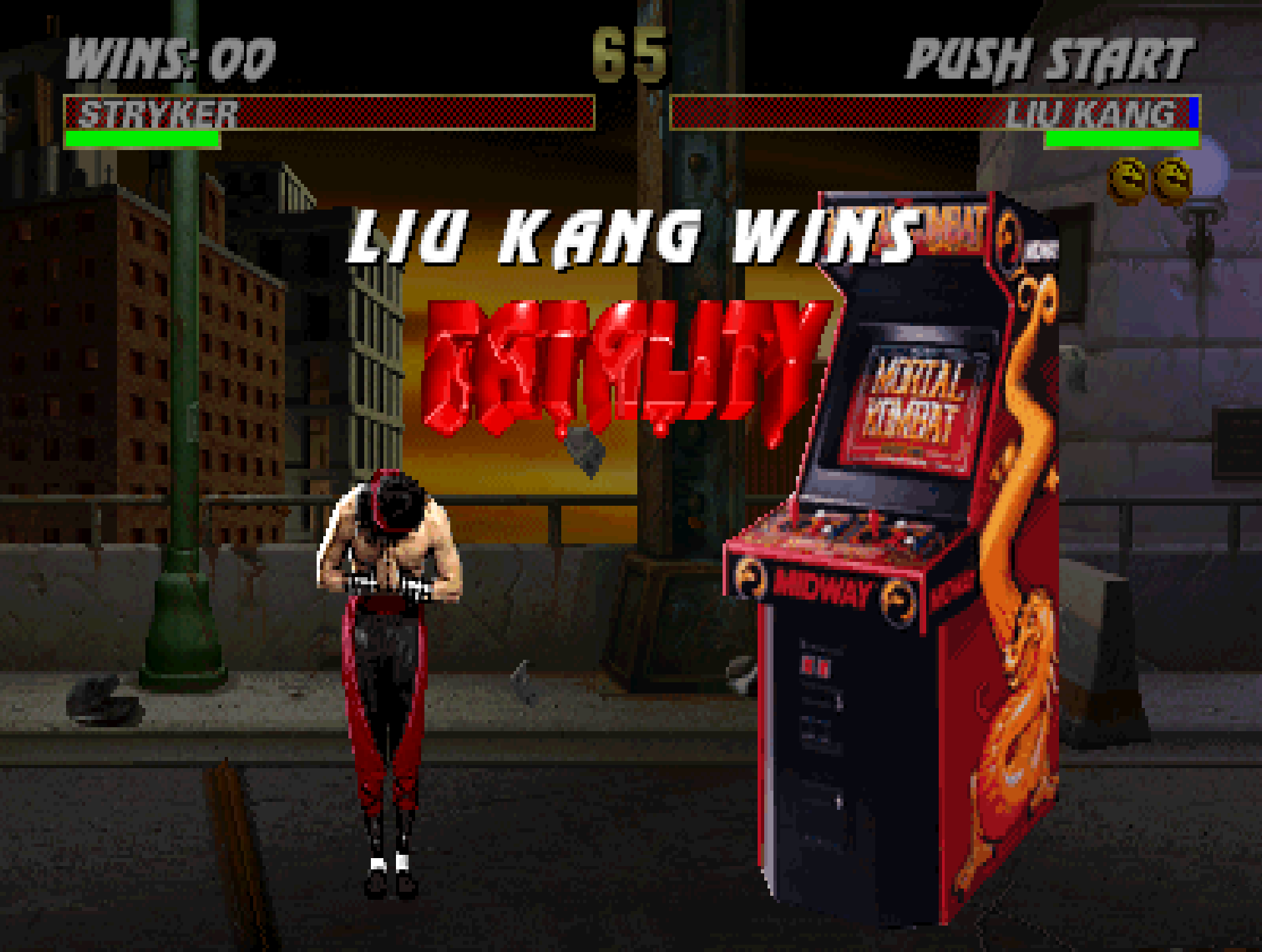
Conclusion
Mortal Kombat 3 was a turning point for the series—pushing it into faster, more aggressive territory while evolving the franchise’s signature look and feel. Though not without controversy, its bold design choices laid the foundation for Ultimate Mortal Kombat 3 and remain influential in the series’ DNA today. For arcade fans in 1995, this was the bleeding edge of digital brutality.
